Many photographers looking for a lighter solution to their DSLR halt in their tracks when they hear the words ‘Micro Four Thirds sensor’. They fear that the depth of field and overall result produced by a smaller sensor will not be adequate to give that “3D pop” that many desire to see in the images they produce. Certainly, the way you handle depth of field on a full frame camera is different to a Micro Four Thirds camera. It is also true that there are some full frame lenses capable of rendering an astonishing bokeh that you will rarely, if ever, see on a M4/3s camera unless you use those specific lenses with an adapter.
Personally, the presence of a smaller sensor and the resulting depth of field would not influence my decision to either keep or discard a system. Bokeh is a natural consequence of how I take a shot and the feelings I want to imbue it with. The important thing is to know the system and lenses inside and out, and pick the best lens for your goal. I’ve never had a moment’s hesitation when shooting MFT nor thought of what I could have achieved if I’d had a full frame camera instead.
Ethics statement: Within the article, there are affiliate links. If you decided to buy something after clicking the link, we will receive a small commission. Don’t worry – prices remain the same for you. To know more about our ethics, you can visit our full disclosure page. Thank you!
But why are we so attracted to a shallow depth of field in the first place? Well, there may be different answers to that questions. Certainly there is an artistic aspect involved; I think a shallow DoF is the first thing a novice photographer wants to achieve to enhance his skills and “level up.” It is certainly one of the primary things that can make a picture stand out from those taken with a point-and-shoot or smartphone.
But as much as lens bokeh can be pleasant to the eye, it is and remains an element in the background of your photograph and thus should not be the principal point of attraction. If you care more about your bokeh than the rest of the elements in the picture, that is, the subject, this means that there is something wrong with the picture in the first place.
When I see a beautiful portrait, my eye may be captured by the physical beauty of the model, his or her expression, or the light that makes the photograph interesting. Bokeh always comes last.
Coming back to our Micro Four Thirds sensor discussion, and in response to the concerns described at the beginning, I feel that the old adage “a picture speaks 1000 words” is appropriate. Feel free to skim through the images below, and then we’ll get into the nitty-gritty.
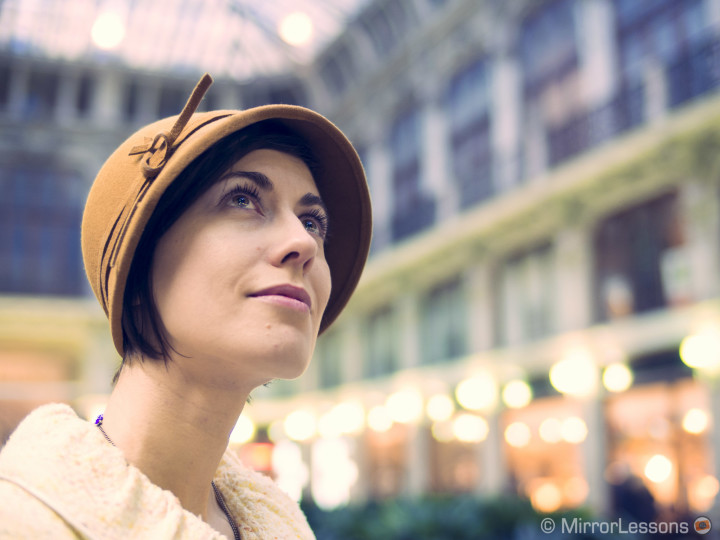
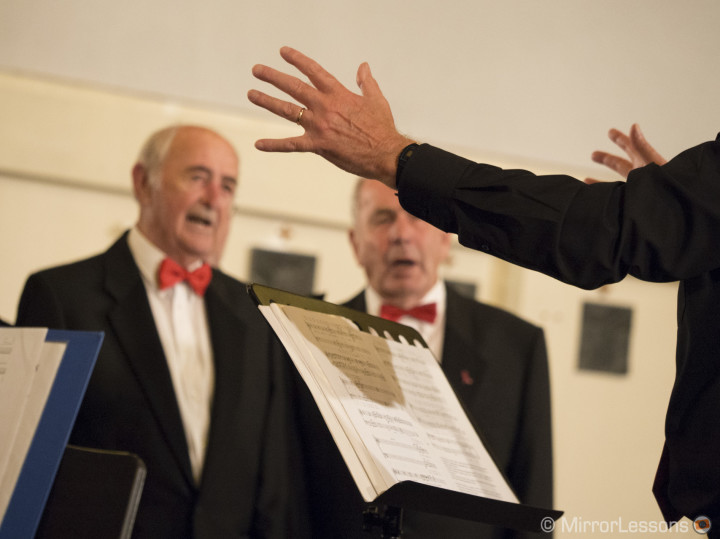
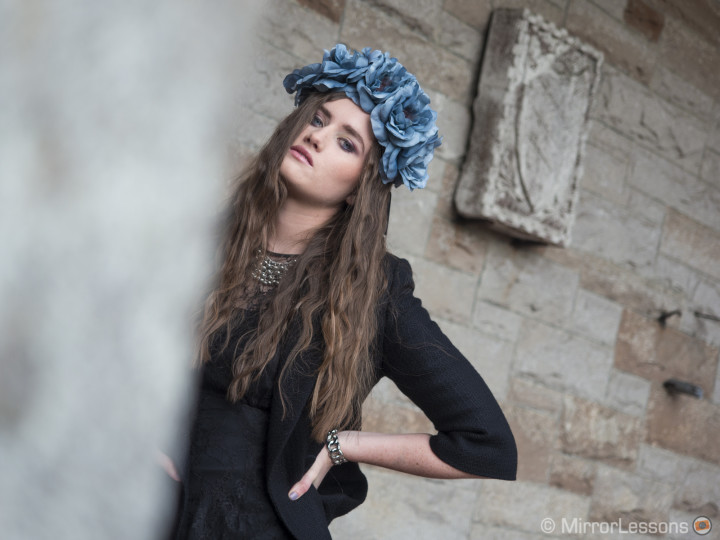


As you can see, it is absolutely possible to achieve a shallow depth of field with Micro Four Thirds cameras from both Olympus and Panasonic. The question that remains is: how can it be done, what are the limits and the tips and tricks to achieve it, and more importantly, what are the recommended lenses for a beautiful shallow depth of field?
Let’s start with the basics, which perhaps many of you already know. On any camera, shallow depth of field depends on a combination of three factors: the lens aperture (or how much light I let enter the lens), the focal length and the distance between you (the camera) and the subject.
In general, the best way to achieve a shallow depth of field is to use a long focal length (a telephoto lens for example), pick a lens that has a fast aperture of 2.8 or less, and focus close to your subject. This last point can also be a disadvantage. If, for example, you are shooting a portrait, getting too close with the wrong lens can result in the subject’s face becoming distorted, which may emphasise oversized body parts such as a big nose – not very flattering at all.
The beauty of shooting with a full frame sensor of course is the ability to obtain a shallower DoF even without a long focal length. Since the MFT sensor is smaller, this is more difficult to achieve but far from impossible.
1. Get close
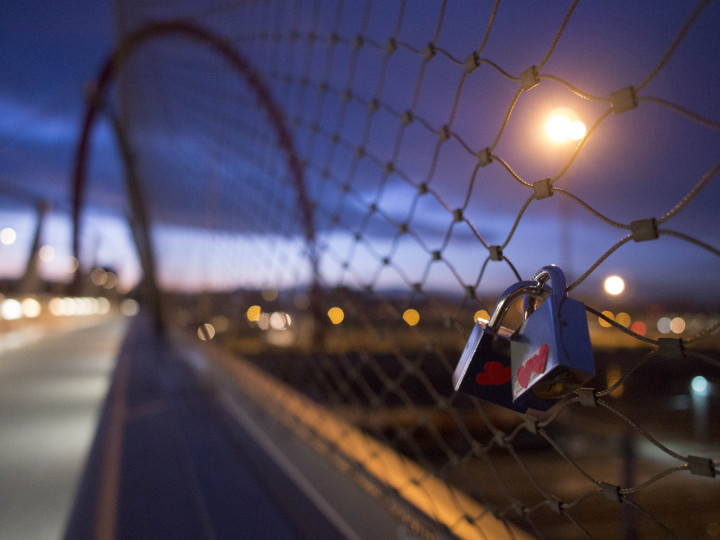
In the photo above, I created the shot with the M.Zuiko 12mm f/2, which is a 24mm equivalent in 35mm format, so a standard wide angle lens. To create an interesting bokeh with these kinds of lenses is not easy as the short focal length naturally reduces the possibility of a shallow depth of field. But the 12mm can focus relatively close, and combined with its fast f/2 aperture, you can achieve really nice results. In this case, I focused as close as I could on the locks. There were already some artificial lights on the bridge as the evening was approaching, and this gave me the opportunity to have a nice background with rounded bokeh circles.
With fast wide angle lenses, there is enough leeway to isolate your subject from the background, but it isn’t as easy to give a real three-dimensional perspective. A image that comes across as 3D will ultimately be the result of three factors: a) the type of background, b) the light and c) the subject in the foreground.
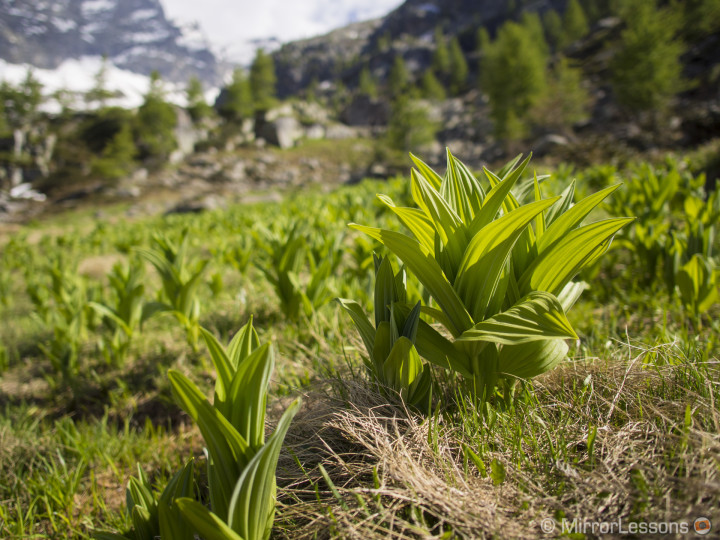
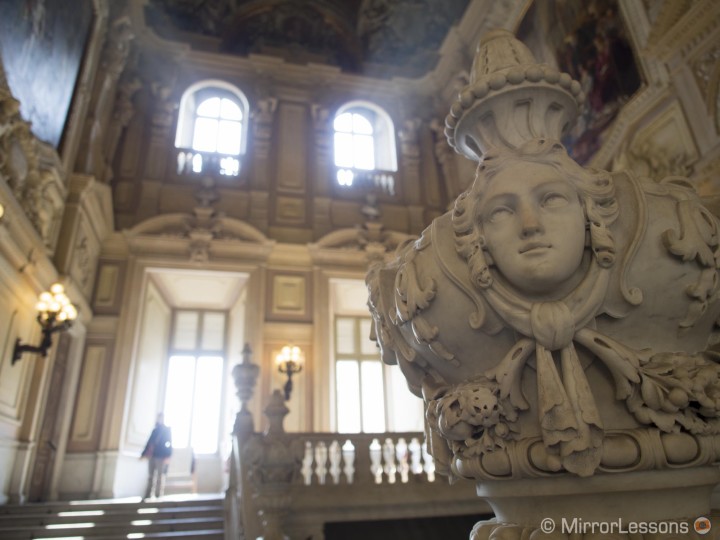
As you can see from the photos above, focusing close is the only way to achieve a shallow depth of field and results may not always look as pleasant as we’d like. Increasing the focal length can help, but I would say that up to 25mm (50mm on full frame format), the chance of a very nice DoF is more limited.
Below, an example with the M.Zuiko 17mm f/1.8
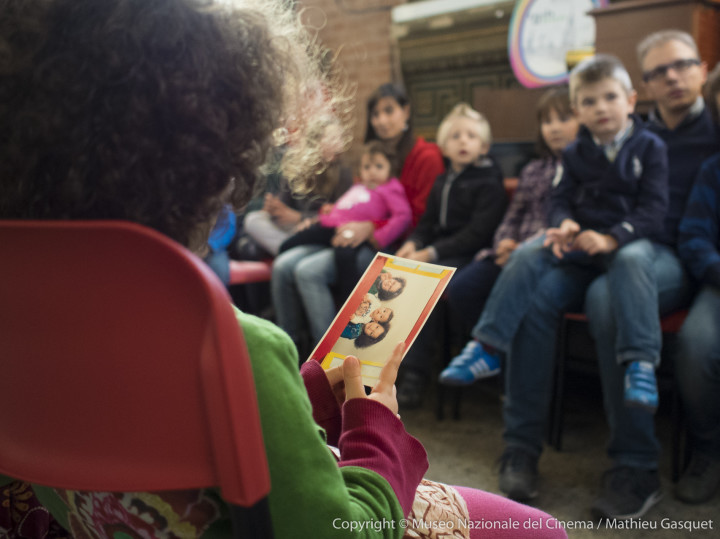
2. Use a fast lens
If you want a more attractive shallow DoF, you need to choose lenses with a very fast aperture for MFT. The choice isn’t as vast as a full frame reflex system, but there are a few lenses that are definitely worth checking out.
On the native lens side, there is the Panasonic Leica 25mm f/1.4. It will give you an equivalent of 50mm on full frame format, so a standard angle of view lens. Its fast 1.4 aperture is enough to start playing around seriously with depth of field. Plus, the lens has been designed by Leica and has a little bit of that “Leica feel.”
If we turn our attention to third party manufacturers, there are also some very interesting manual focus lenses from Voigtländer with a very fast aperture of f/0.95.
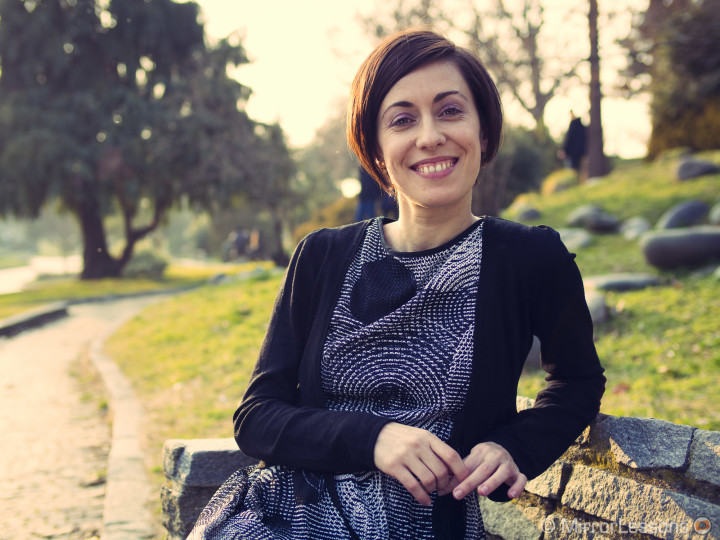
Voigtländer 25mm f/0.95
I only had the chance to try the Voigtlander 25mm f/0.95 (see our review here), but there are also the 17,5mm f/0.95 and the 42,5mm f/0.95. The 25mm is rather soft at its fastest aperture but being a manual focus lens, it is a very special lens to use. The results you can achieve are quite interesting, especially for the overall look it gives to the images. One great advantages of these lenses is the ability to focus relatively close, which can be an additional advantage for DoF as seen before.
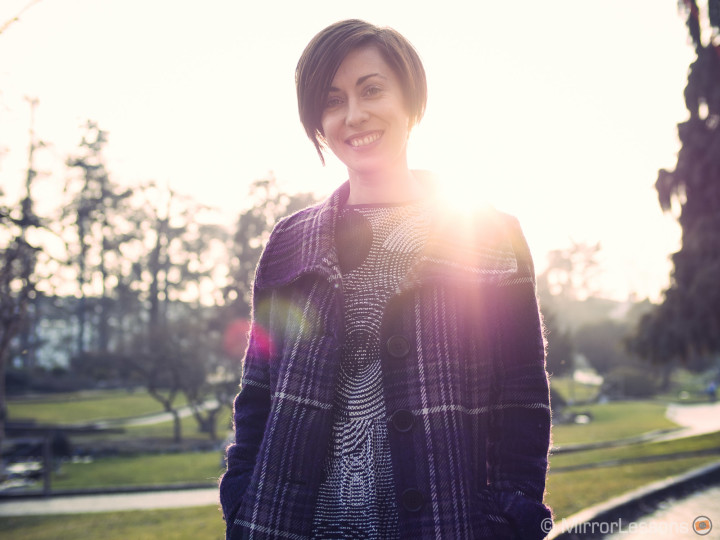
Voigtländer 25mm f/0.95
You can check out some nice samples of the 42.5mm f/0.95 on Pekka Potka’s website.
3. Use a long focal length
Of course the other option is to simply use a longer focal length, which by default will reduce the depth of field by reducing the field of view. There are many telephoto zoom lenses for MFT cameras but if we combine them with fast apertures, the chance of successfully achieving a pleasant bokeh certainly increases.
If we have a look at the portrait lenses, which have an equivalent focal length of around 85/90mm, there is the fabulous M.Zuiko 45mm f/1.8, the Voigtlander 42.5mm f/0.95 and the Lumix Leica 45mm f/2.8 macro, which despite being designed for macro photography, can also be interesting for portraits. There is also the M.Zuiko 75mm f/1.8, which is longer (150mm equivalent) but currently rated the best MFT lens ever. And with the imminent release of the Panasonic Leica 42.5mm f/1.2 (the fastest MFT lens with AF to date), the choice of fast medium telephoto lenses is getting vaster and vaster.
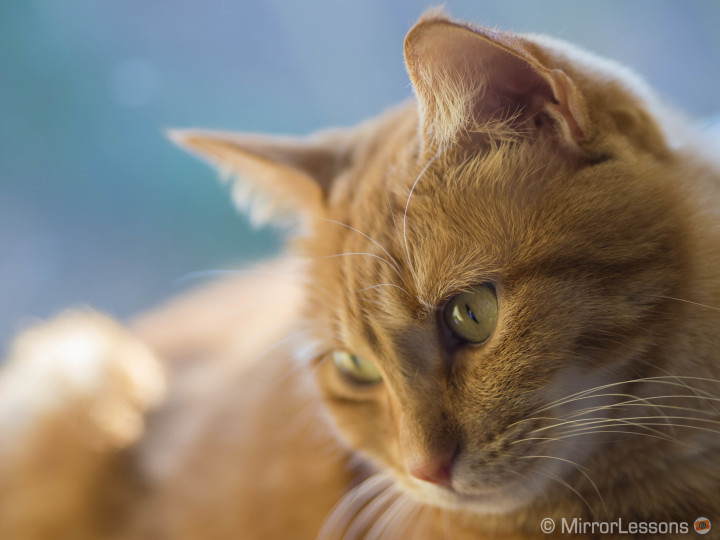
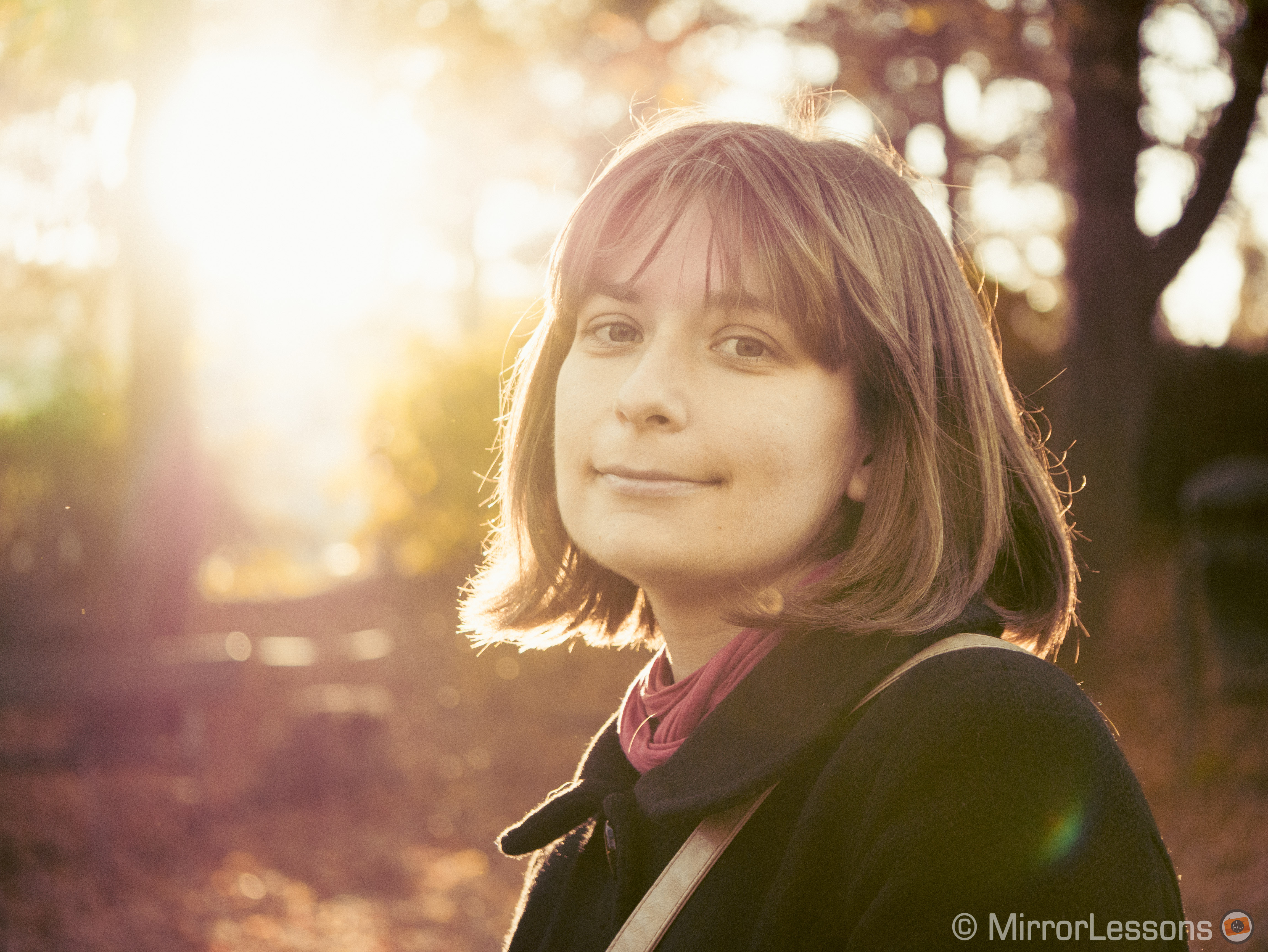
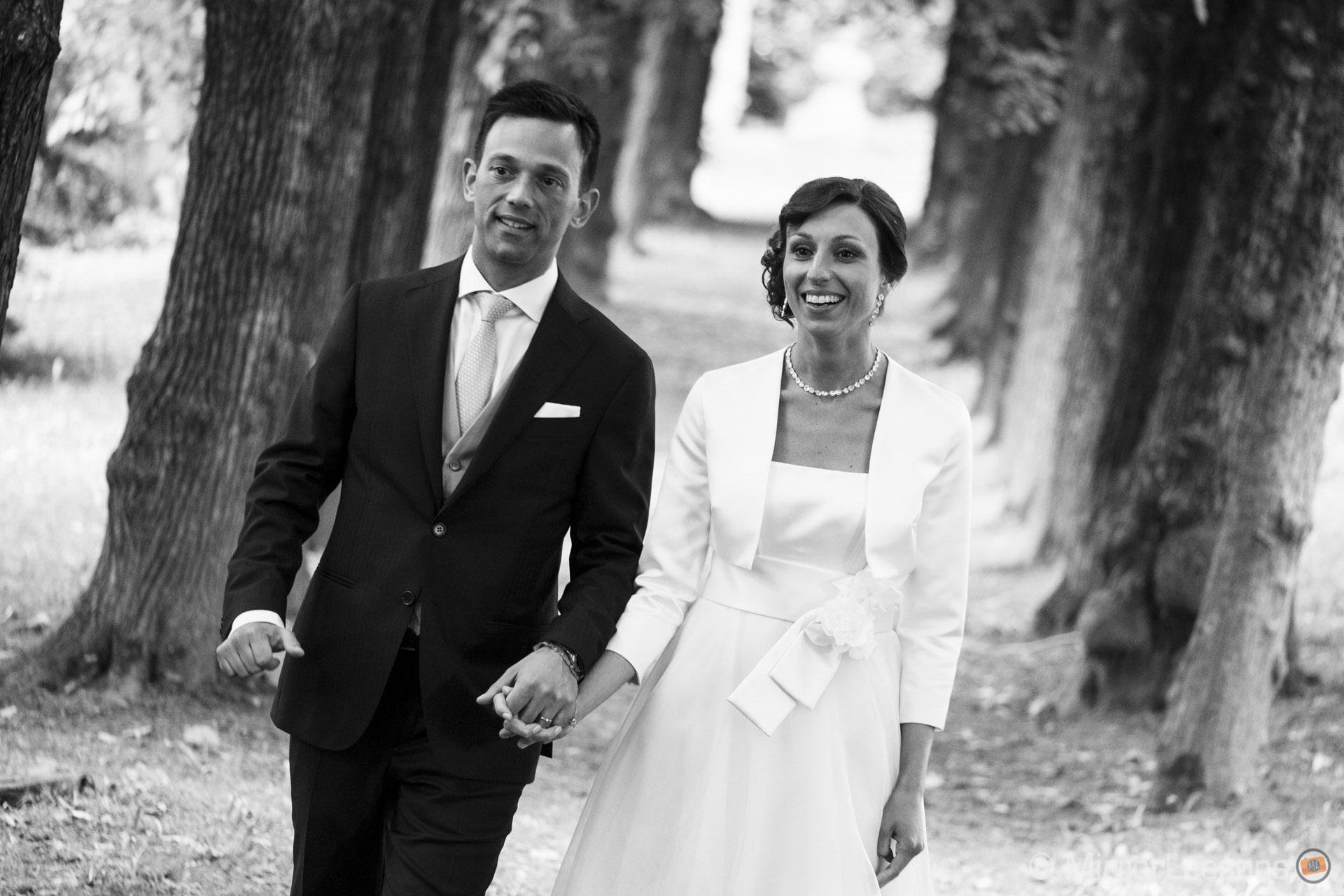

Of course the results you have seen here comes all from very fast lenses but you can also achieve good results with your kit lens if you follow the tips and tricks explained before. Use the fastest aperture you have and focus close as you can. Using a telephoto zoom lens will increase the chances of a shallower depth of field even if it doesn’t have a fast constant aperture.

Conclusion: it is a question of lenses
As you can see, an attractive shallow depth of field is often if not always related to the lenses we use. As I often write, the camera body is important, the sensor in it is important but the most important thing to consider is the piece of glass you mount in front of it. A pleasant shallow depth of field will always come more easily from a fast prime lens or high quality lens with a constant aperture.
And remember, especially if you are a beginner, that you can always experiment at home with the gear you have to get an idea of what you can achieve and what the limits are. Below, you can see a final homemade example!

The moral of the story is that if you use the Micro Four Thirds system, achieving shallow depth of field in your pictures is less dependant on the camera and sensor size than it is on the lenses you choose to use with it.
To achieve an impressive shallow DoF, the lenses you ultimately select must have: the option of a very fast aperture (f/2.0 and faster) and a relatively long focal length (at least 45mm). Generally, primes are better than zooms unless the zoom has the option of a constant aperture like the 35-100mm f/2.8 mentioned above.
